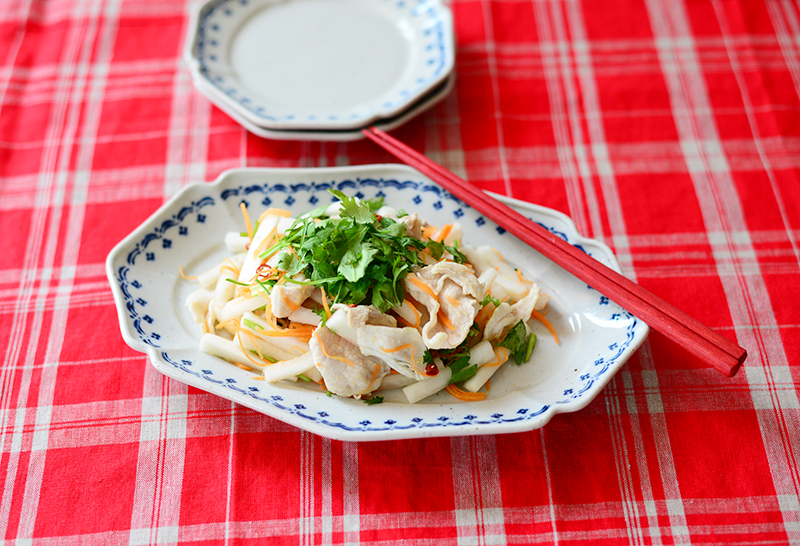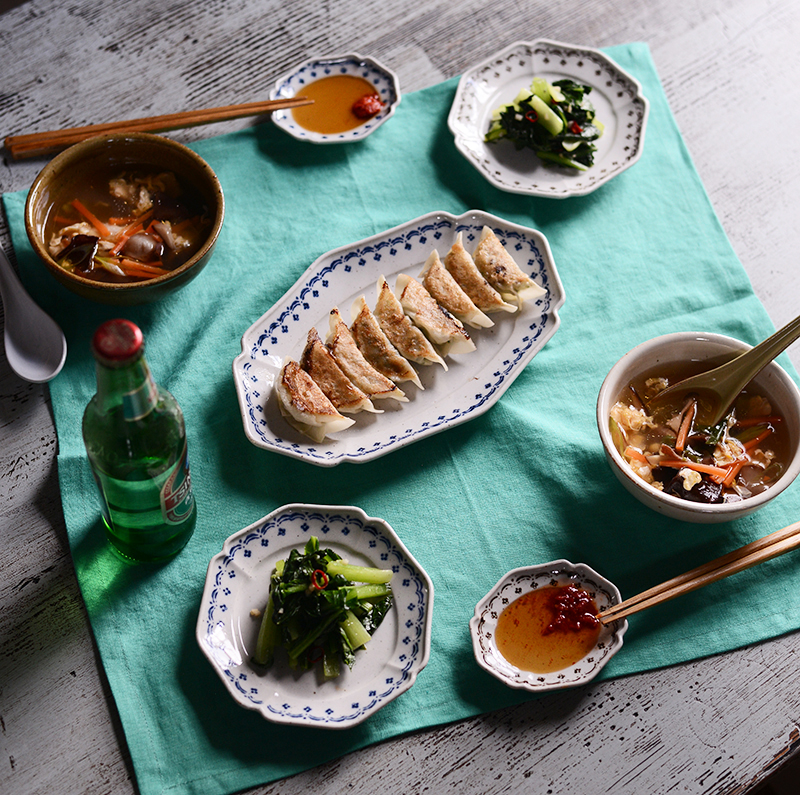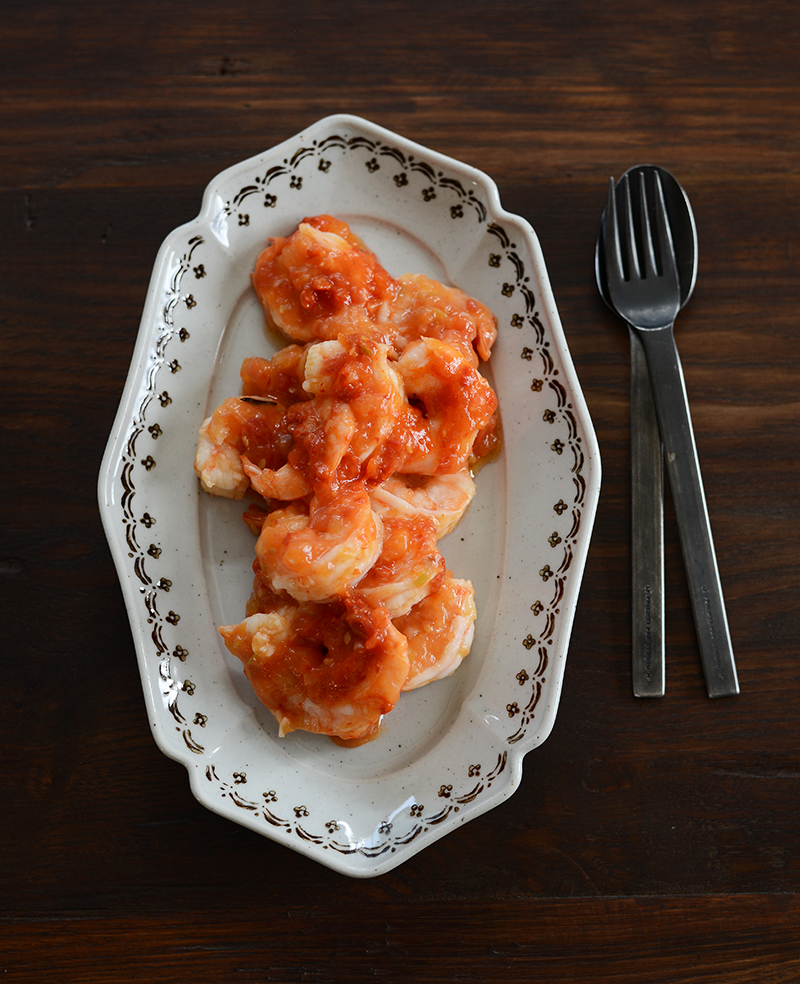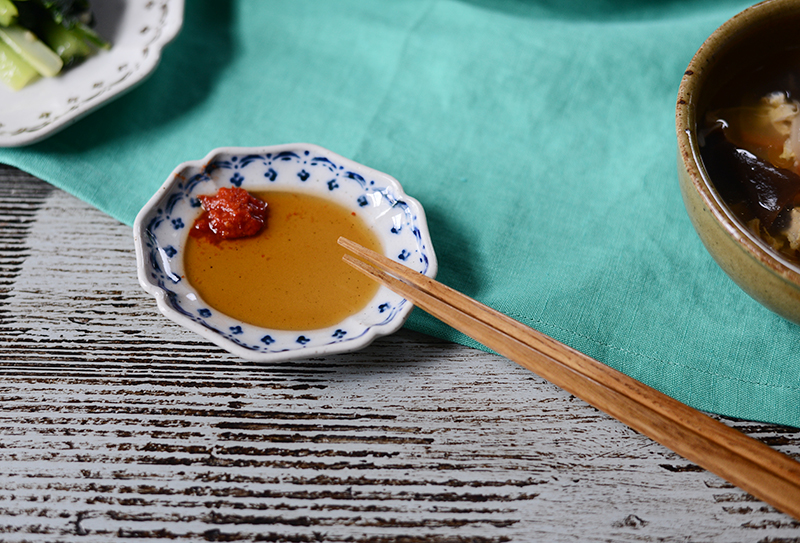当日発送について
以下の条件に該当するご注文を当日配送いたします。
・平日(営業日)の12時までにご注文が完了。
・ご注文いただいた商品の在庫がすべてある場合。
・お支払方法がクレジットカード決済か代引きの場合。
※受注状況や確認事項の有無などにより、お時間をいただく場合がございます。
※12時以降のご注文は最短で発送いたします。
定休日のご案内
土日祝日、お盆、年末年始などは出荷業務をお休みいたします。
Now Loading...
以下の条件に該当するご注文を当日配送いたします。
・平日(営業日)の12時までにご注文が完了。
・ご注文いただいた商品の在庫がすべてある場合。
・お支払方法がクレジットカード決済か代引きの場合。
※受注状況や確認事項の有無などにより、お時間をいただく場合がございます。
※12時以降のご注文は最短で発送いたします。
土日祝日、お盆、年末年始などは出荷業務をお休みいたします。

ヴィネットは形のゆがみや絵付けのズレやかすれも魅力に見えてきてしまう、おおらかな雰囲気が魅力のシリーズ。
そんな古い時代の筆や判子で絵付けしたうつわの素朴で気取っていない様子を取り入れた、中華・エスニック料理に使いたくなるスタジオ エムらしい家庭で使いやすいプレートです。
アジアテイストをベースにヨーロッパの素朴なアンティークの柄や和食器の形状をミックスして、デザインしています。

餃子や生春巻き、炒め物などのメインと青菜炒め。
タレを入れる小皿。
横には中華スープとビール。
こんな食卓をイメージしながら、プレート3種類をつくりました。

一番大きな26cmオーバルプレートは、横に広いオーバル形。
炒め物をさっと盛り付けたり、餃子や生春巻きを並べたり。
ベトナムのサンド、バインミーにもおすすめ。

取皿にぴったりな15cmプレート。
こちらは縦横の差があまりない比率の形です。
青菜炒めがよく似合います。

26cmオーバルプレートに盛り付けて、15cmプレートを取皿にするとこんな感じ。

手のひらにおさまる大きさが可愛らしい10cmプレート。
タレを入れたり、一汁三菜で香の物をのせるのにも小ぶりでいい感じ。
小菓子を置いてもかわいらしい。

レンゲおきとしてもつかえます。

シルエットは和食器やアジアの食器を参考に、木瓜のようななんともいえない変形に。
素朴でゆるさのある雰囲気を出すために、実は少しずつ形を崩して上下左右が若干非対称になるようにしています。

縁は少しだけ立ち上げて、輪郭を引き締まった印象に。

柄は一つ一つ手で描いたように形を変え、線の強弱のメリハリもつけています。
判子で押すことで、線のにじみやかすれ、濃淡が加わり、更にゆるく大らかな雰囲気にできあがります。

手で押しているので、縁からの距離のズレや模様のつなぎ目の間の開き方に個体差が出るのもアンティークのようで可愛いポイントです。
アジアにも和にも使いやすい、人気色の呉須。
そしてもう一色の茶はアジア・和にも合いますし、意外とヨーロッパのアンティークのような洋風の雰囲気も感じます。

青と茶の素朴な小花の縁取りが魅力のプレート。
判子の柄の1つひとつの出方の違いも楽しんでみてください。